The morning was sunny and warm as we rendezvoused at Realization Point for the hike up Long Canyon with naturalist Dave Sutherland. “Ready for some time travel?” he asked. “We’re headed 11,000 years back to a time when the climate was about twenty degrees cooler than it is now.”
He laid out a painting of prairies and hills. “Here we are on Pearl Street 11,000 years ago.” Woolly mammoths and short-faced bears and pronghorn antelope and cheetahs roamed the area.
 Glaciers did not reach Boulder, and the climate was similar to what we might find a few thousand feet higher in the mountains today. The large animals died out at the time the temperature warmed, which happened abruptly over only fifty years or so, but whether they died out because of a warmer climate or because of hunting by the Paleo humans who lived in the area at the time is not known.
Glaciers did not reach Boulder, and the climate was similar to what we might find a few thousand feet higher in the mountains today. The large animals died out at the time the temperature warmed, which happened abruptly over only fifty years or so, but whether they died out because of a warmer climate or because of hunting by the Paleo humans who lived in the area at the time is not known.
Long Canyon is tucked into the north flank of Green Mountain, where an extra dose of mountain shadow and moisture have kept the climate cool, so populations of Ice Age plants continue to thrive. These are relict populations, which means, Dave said, “shipwrecked, lost, cut off from their kind. These are vestiges from a lost world.”
One of those relict populations is beaked hazelnut, cut off from its relatives in the Northeastern forests when the plains of the Midwest warmed beyond what it could tolerate.
Long Canyon is of great interest to plant geneticists because of all its relict populations, which are living windows into the evolutionary process. When plant or animal populations are isolated from their neighbors, they may begin to develop characteristics that set them apart from earlier relatives, taking off in their own evolutionary direction.
Beside a trickling stream we found one of my favorite wildflowers, shooting stars. I loved them for years in northern California and was delighted to find they thrive along the creeks of Colorado too:
Just up from the shooting stars we ran across some twinflower, also called hot lips flower. This is a yellow variety:
Another relict plant is the black snakeroot, sinewy all the way to its small globe of a flower. Long Canyon is one of the only places it is found in the state of Colorado:
With our dry and warm climate, you wouldn’t expect to find a woodland of ferns, but there it is, spilling across the hillside. This is a field of bracken fern:
Just across the trail from the ferns is another relict prize, the paper birch, which wears a beautiful bronze bark rather than white because it has hybridized with the river birch at the base of the canyon:
It was time to turn back toward the trailhead. At our feet were dozens of tiny white violets known as Canada violets because, of course, they usually thrive in a colder, more northerly climate:
Farther down we were treated to the sight of one of the species of orchid that live in the canyon. This is coralroot orchid, which has no leaves. It does not carry out photosynthesis but gets its nutrition instead from a symbiotic relationship with a fungus.
Back down at the trailhead we stopped to admire the most ancient of plants, the horsetail:
During the last Ice Age, horsetail was already ancient. Horsetail is a living fossil, so ancient it doesn’t even have seeds. It reproduces instead by spores. Here you can see the mature reeds, and one of them still holds its bundle of spores at the top:
I love horsetail—just the idea of such an ancient ancestor still thriving today. There was a time 300 million years ago when horsetail was the dominant form of the forest in what is now North America. Instead of growing only two or three feet tall, horsetails stretched to heights of ninety feet. The coal fields of Pennsylvania formed out of their remains.
At the trailhead again, we stepped across the creek, back to the present. After a morning spent in a cool, shaded forest, we blinked in the blazing noonday sun. We carried a bit of the woodsy quiet back to our lives.
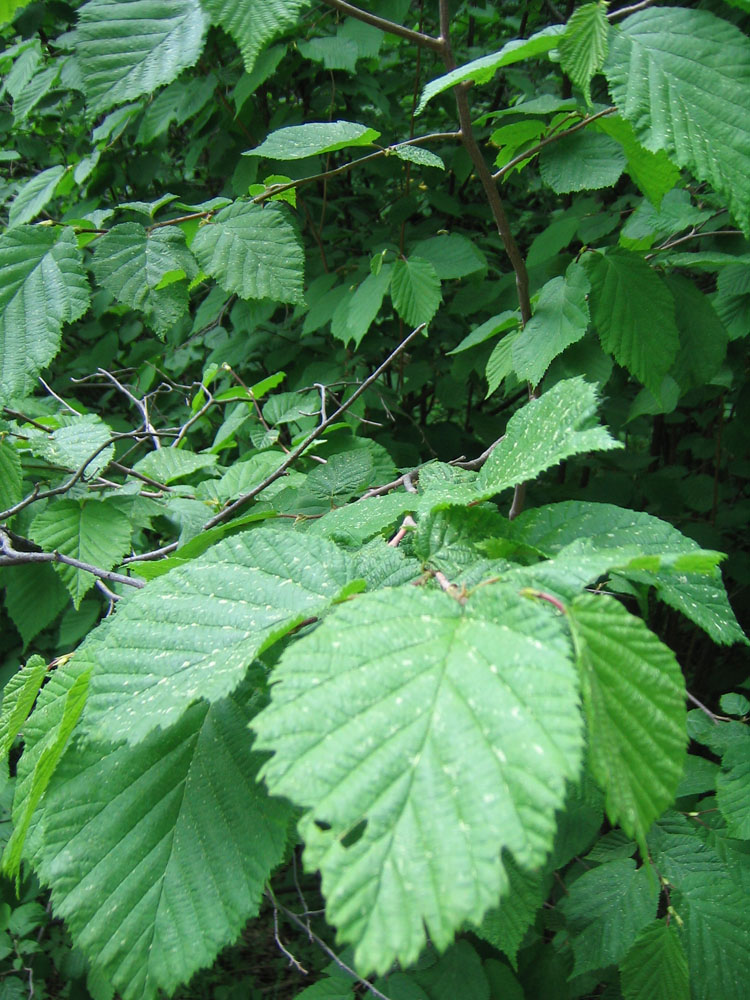
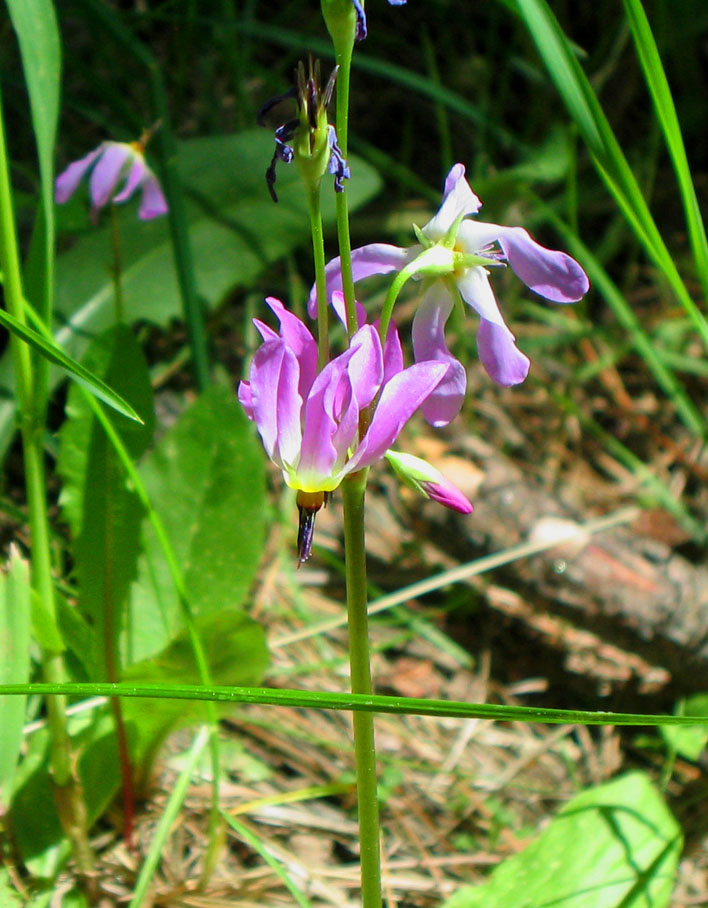
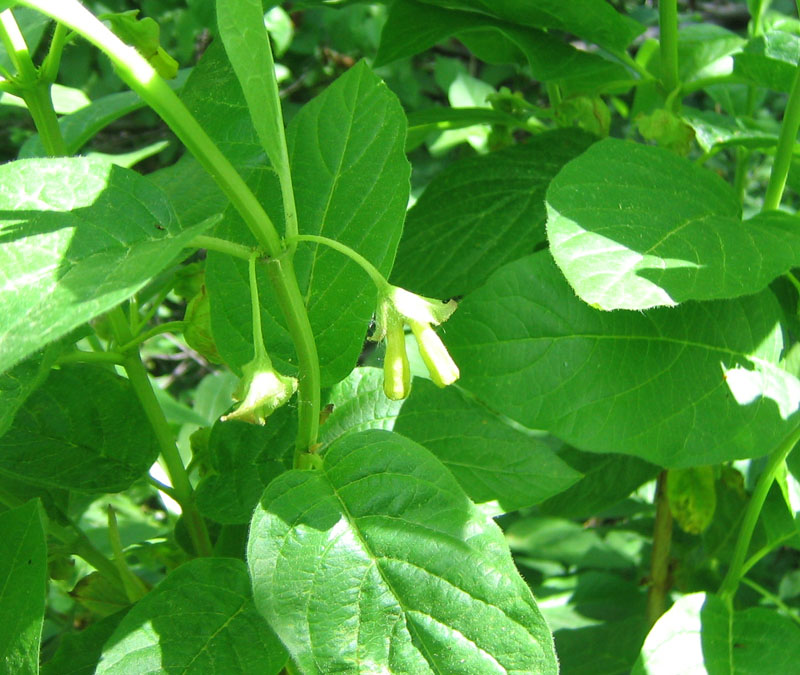
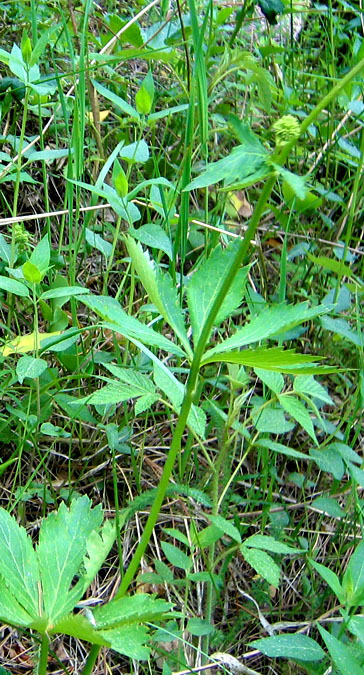

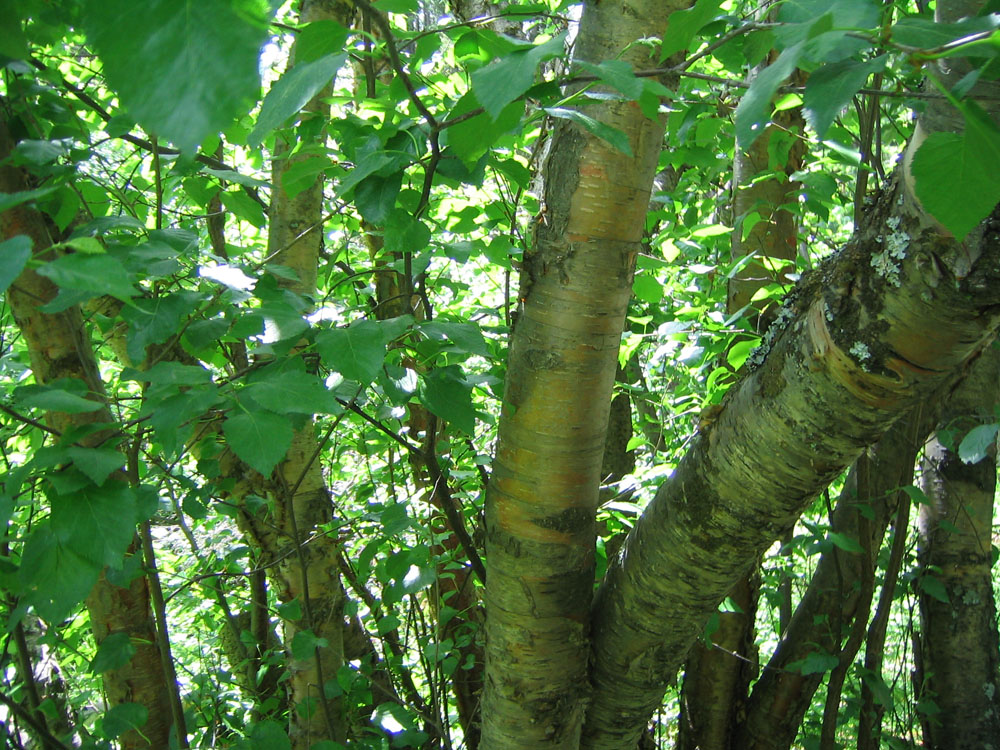
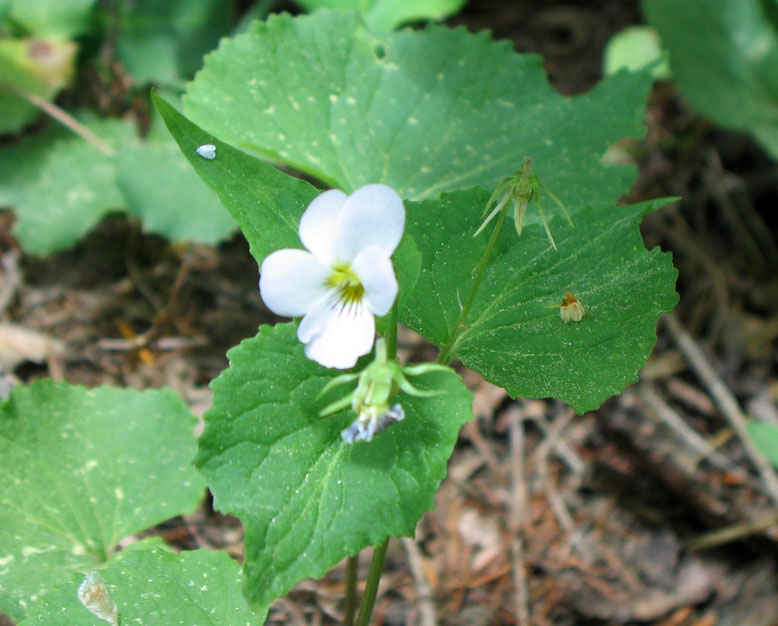

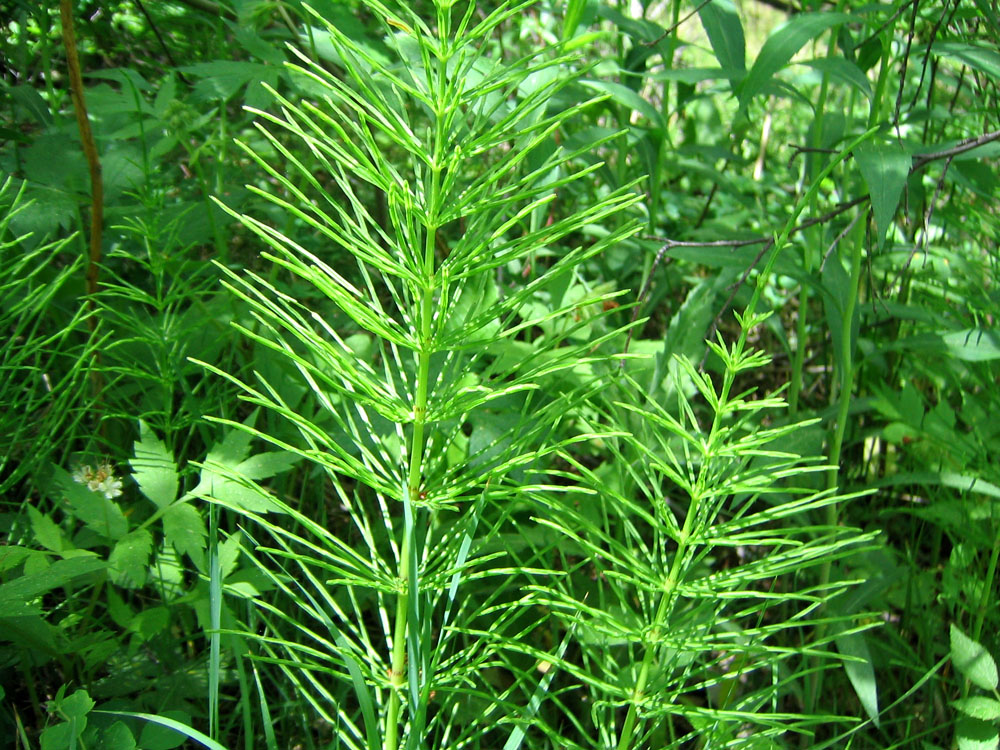
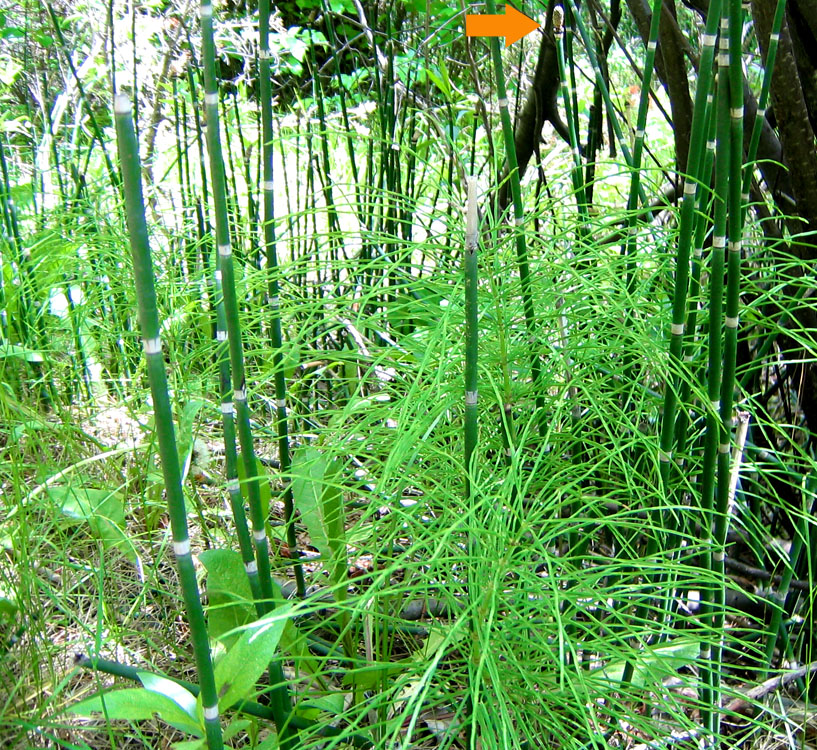
I’ve hiked Long Canyon many times and always loved it for the leafy and cool environment but never realized it held so many Ice Age plants. That was fascinating. Thanks for the good information and photos.